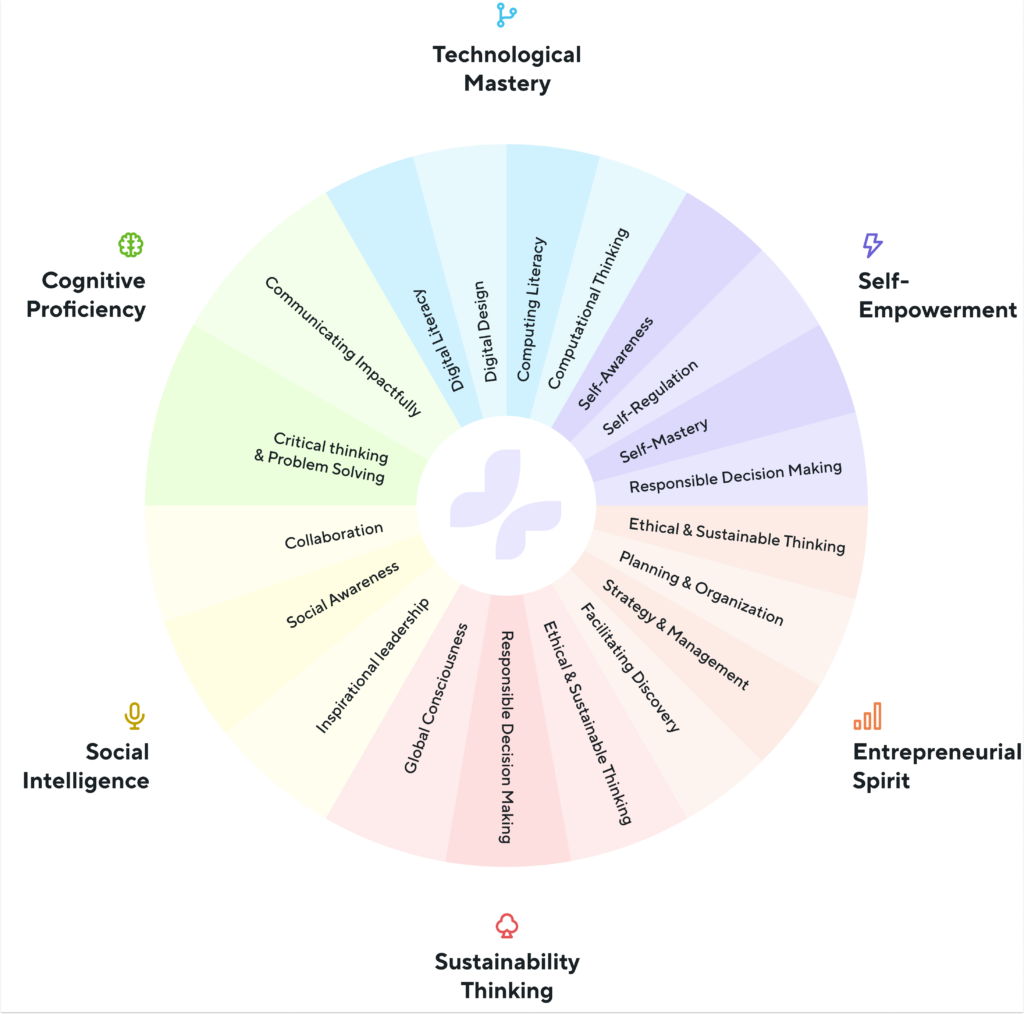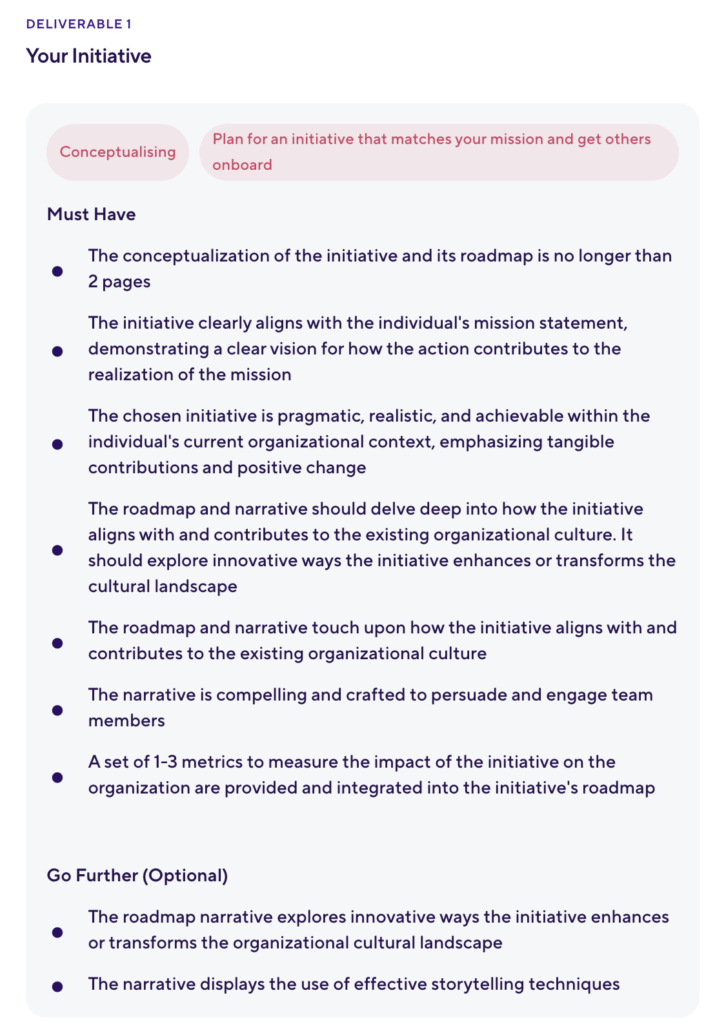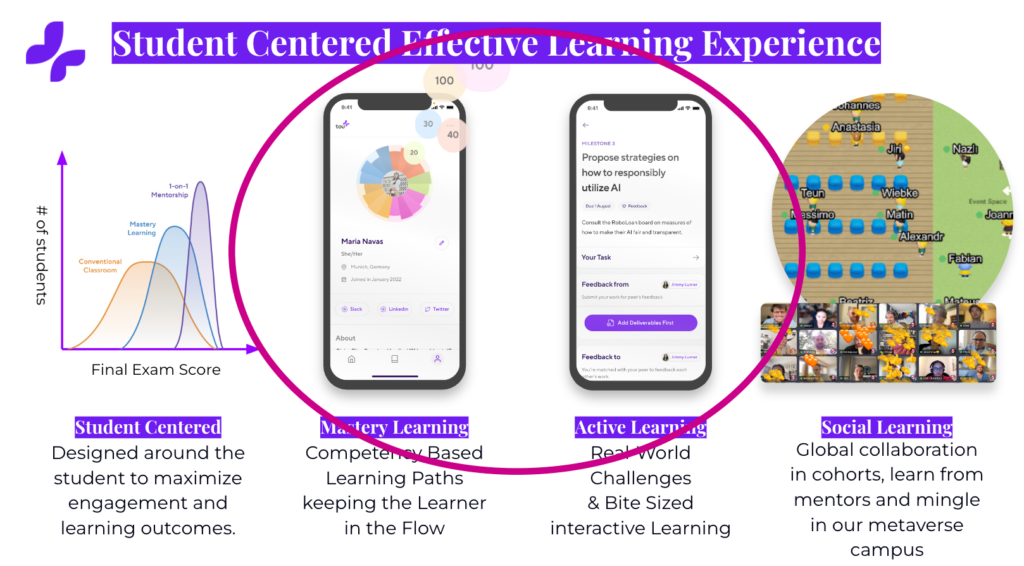The Building Blocks of an Impact Framework
Impact orientation can be hard to grasp as a concept. Let us try to break it down. Activities of impact oriented work can be grouped into the following four areas:
The blueprint for your planned impact with an impact logic at its core. What impact do you want to achieve and how do you want to achieve it? Formulating an impact strategy typically involves the following actions:
- Analyze problem & needs
- Set goals & target groups
- Draft mission statement
- Present impact logic
- Develop indicators for your impact goals
Involves managing all processes necessary for implementing the impact strategy and assessing whether it actually works. Actions include:
- Manage according to impact logic
- Encourage employees to work with impact logic
- Collect and analyze data on your impact
- Compare results with impact goals
- Interpret results in a participatory manner
Aligning activities to reach common impact goals depends on ensuring that impact strategy and management are transparent to everyone involved. Here are some actions your startup can take to provide impact transparency:
- Report impact to employees
- Report impact to external stakeholders
- Cultivate learning culture so that transparency is not perceived as threatening
Impact governance refers to the formal system by which your enterprise is directed, controlled and managed. Therefore, actions to establish impact governance for your startup include:
- Integrate targeted impact into governance framework such as sharehoder agreements or Articles of Association
- Integrate management for impact into governance framework
Source: UNDP / SDG Impact Standards for Enterprises
The ToU’s Impact Framework
Now let’s delve into our case example in more detail. The Tomorrow University (ToU) successfully convinced stakeholders with its impact-oriented business model, including impact investors such as venture capital funds Emerge Education and Educapital. But before we explore how they achieved this, familiarize yourself with the ToU’s product. This will help you understand the essence of its impact framework.
Now let’s look at the building blocks of the ToU’s impact framework. Read on if you want to know the impact metrics that the ToU reports to its investors! Please note that for the sake of clarity, we have taken the liberty of simplification.
Impact Strategy
A central component of Tomorrow University’s impact strategy is its vision: to educate one million changemakers by 2030. Its mission is to equip students with 21st-century skills and make learning more effective.

Thus, grown competencies represent
the Tomorrow University’s impact goals at the student level. Explore the competencies by clicking on the graphic to the left!
At the societal level, the ToU’s impact goal is to educate changemakers, which the ToU further specifies to be ethically conscious entrepreneurs and intrapreneurs.
Impact Management
Any learning at the ToU happens in the digital space, which facilitates collecting data about the learning process. The ToU analyzes its impact on learners by assessing whether an increase in competencies can be measured using the data it has collected throughout the learning process.
According to its impact logic, the ToU’s impact at the student level is akin to growth in competencies of its students. ToU students train their competencies while completing so-called challenges. Below, you can see the instructions for a challenge designed to train Ethical & Sustainable Thinking, Critical Thinking & Problem Solving, and Collaboration.
After challenge-based learning has taken place in this manner, the ToU assesses growth in competencies by reviewing students’ submissions from the challenge. There are detailed indicators for each competence that can be checked automatically, allowing results to be obtained in real-time.

The ToU measures its impact on student level and on a societal level by conducting a survey among its students months after their graduation. The survey reveals what the ToU regards as indicators for achieving its impact goals. Here are a few examples of the survey questions:
- Are you currently employed as an entrepreneur / intrapreneur?
- How would you rate the impact of your education on your career desires?
- What are the specific skills you have gained during your studies?
The ToU utilizes the results to manage their activities in alignment with its impact goals. For instance, each workweek kicks off with a data-driven retrospective of the previous week’s challenges. Crucially, the ToU has integrated feedback-loops like this one into its impact management. This ensures that its activtities are continually realigned with its impact goals.
Impact Transparency
The ToU provides transparency about its impact in mupltiple ways. One of them is to give feedback to the learners in real-time via its digital learning management system. Klick to enlarge the image and have look at the ToU’s student dashboard!

The ToU also provides impact transparency by giving feedback to its employees via dashboards, enabling the organisation to learn about the success of its learning design. For instance, determining whether the challenges led to an increase in competency. Additionally, the ToU ensures impact transparency by reporting to its investors and other stakeholders. One crucial metric it reports to its impact investors is the number of ToU graduates who have transitioned into ethically conscious entrepreneurs and intrapreneurs.
Note: There are many different impact standards, among them the SDG Impact Standards for Enterprises. In this course, this standard serves as a structure to better illustrate how impact orientation can look like in the day-to-day work of an enterprise. This is not to say that the ToU does or does not fulfill the standard.